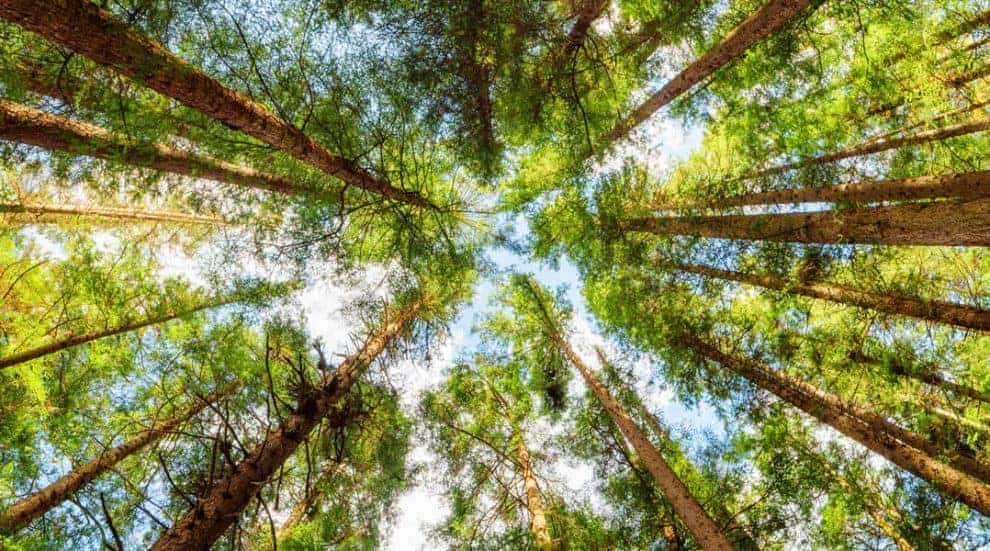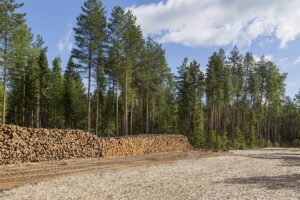One challenge of investing in a forest is determining when it reaches financial maturity. This is when the owner’s cost of keeping an asset exceeds expected returns. Timber complicates this thinking because a tree is both the “product” and the “factory,” which continues to appreciate over time through adding volume and value. Harvesting trees resets the production process. So we approximate financial maturity in forestry by comparing the annual increase in forest value with the investor’s expected rate of return from other investments of similar risk and duration.
Thinking in Terms of Forest Finance
A forest’s value can be well established at two points in time: at the start and at the end of the rotation. At the start, establishment (site preparation and planting) costs are easily known and quantified. At the end, forest values reflect future timber revenues. We rely on two discounted cash flow (DCF) techniques to assist us: compounding investment inputs to estimate future values, and discounting anticipated future returns to estimate present values.
Financial analysis often supports the “investment decision” by helping investors rank investment options and evaluate investment risk. For example, this analysis helps answer questions of “when to harvest?” and “when does forest management pay?” And when an investor asks, “Do we really need to manage forests to make money? Is it worth the extra effort instead of just letting trees simply regrow?” Basic financial analysis indicates: YES.
How Forest Management Creates Value
Consider the following example: you have a 1,000-acre forest of Southern Yellow Pine. Without intensive management, you could harvest 2,500 tons per year on a sustained yield basis. At $30 per ton, that produces $75,000 in annual cash flow. Your annual management expenses are $10,000, so you net $65,000. Assuming this cash flow in perpetuity with a 6% discount rate results in a net present value (NPV) of just under $1.1 million dollars ($65,000/0.06 = $1,083,333). That’s $1,100 per acre.
With more intensive management, you can increase the annual harvest to 4,000 tons on a sustainable basis. This increased volume results from a higher performing forest growing more wood with shorter rotations. At $30 per ton, that produces $120,000 in annual cash flow. You spend more, so your annual expenses are now $20,000 per year, netting $100,000. Assuming this cash flow in perpetuity at a 6% discount rate delivers an NPV of nearly $1.7 million dollars ($100,000/0.06 = $1,666,667). That’s $1,700 per acre.
For timberland investments, active forest management and responsible harvesting chart the path to stronger cash flows and higher valuations.
This content may not be used or reproduced in any manner whatsoever, in part or in whole, without written permission of LANDTHINK. Use of this content without permission is a violation of federal copyright law. The articles, posts, comments, opinions and information provided by LANDTHINK are for informational and research purposes only and DOES NOT substitute or coincide with the advice of an attorney, accountant, real estate broker or any other licensed real estate professional. LANDTHINK strongly advises visitors and readers to seek their own professional guidance and advice related to buying, investing in or selling real estate.










Add Comment